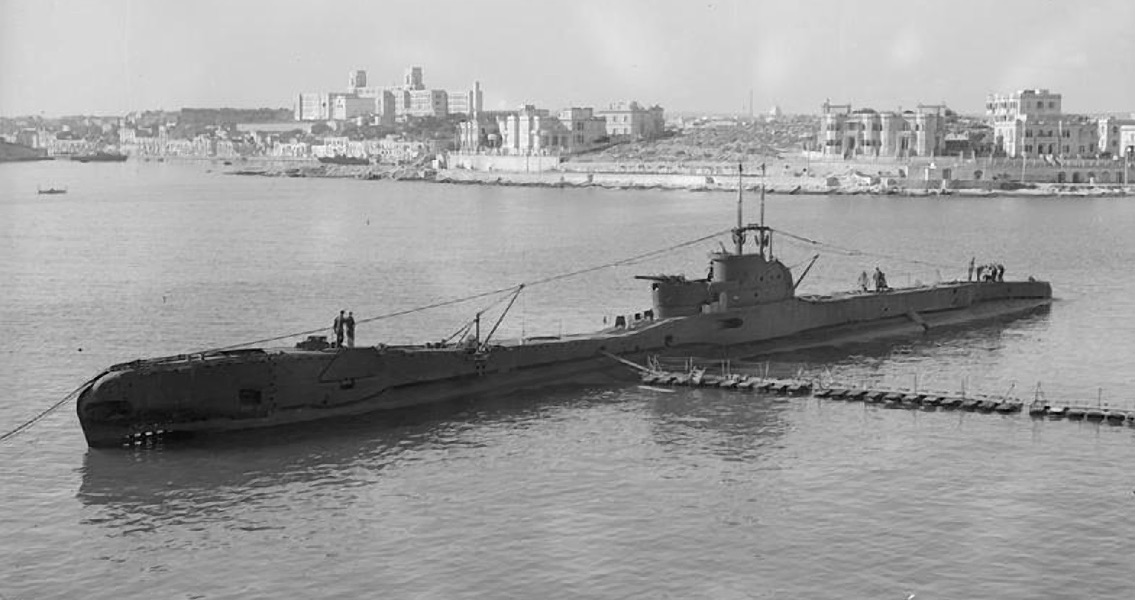<![CDATA[The wreck of a British Royal Navy submarine from the Second World War, missing since 1940 after being attacked by German forces, has been found submerged in 40 meters of water off the Danish coast. 76 years ago, the HMS Tarpon was attacked and destroyed by an armed Nazi merchant ship, resulting in the deaths of at least 50 British Navy personnel. The site of the wreck, now designated as a war grave, was found 50 miles off the coast of Denmark. Danish divers found the sunken sub reflected the conditions of its violent demise, with shattered periscope glass, several of its hatches opened, and significant damage beneath the conning tower consistent with being hit by a depth charge. Two of the Tarpon’s torpedo tubes were also found empty, indicating that she had been engaged in a naval battle. Surviving records from the Second World War corroborate this evidence, with German documents stating that the merchant vessel was fired upon twice before retaliating, crippling the sub and sealing its fate. A combination of German and British records tell the story of the Tarpon’s fate: after sailing from Fife under orders to attack German merchant ships providing arms shipments to Nazi forces occupying Norway, the submarine engaged Schiff 40, firing twice at the merchant ship and missing with both of her torpedoes. After sighting the Tarpon on sonar and visually sighting her periscope, Schiff 40 dropped several depth charges, resulting in the sub’s demise. According to The Guardian, the location of the sub was found by British marine archaeologist Dr. Innes McCartney and Danish war museum owner Gert Normann Andersen during efforts to locate wrecks from the Battle of Jutland, a naval battle from the First World War. The recent dive, which was broadcast live on Danish television, is the first time the wreck has been made visible to the public, providing relatives and descendants of the fallen submariners some long-overdue closure. McCartney, a veteran of many attempts to locate the wrecks of sunken submarines, commented that the Tarpon showed evidence of devastating levels of damage. The German merchant ship had successfully depth charged it multiple times, leading to damage so severe that the sub’s conning tower would have been flooded in seconds, causing its immediate sinking. Additionally, one of the exploding depth charges created a large crater on the seabed, a rare occurrence according to the marine archaeologist. The T-class submarine, coming in at 84 meters in length, is just one of 57 British submersibles that were lost during the Second World War. The Tarpon is one of three recent wrecks found: with the HMS Simoom, a 66-meter-long S-class sub found off the coast of Turkey, and fellow T-class sub HMS P311 discovered near the Italian coast. Now that the site of the Tarpon has been verified, McCartney says it’s up to the British Ministry of Defence to protect the site from illegal salvage operations and fishing trawlers. With the remains of 50 British sailors within her shattered hull, the Tarpon’s historical significance is unprecedented. ]]>
Sunken WWII-Era British Submarine Found off Danish Coast
